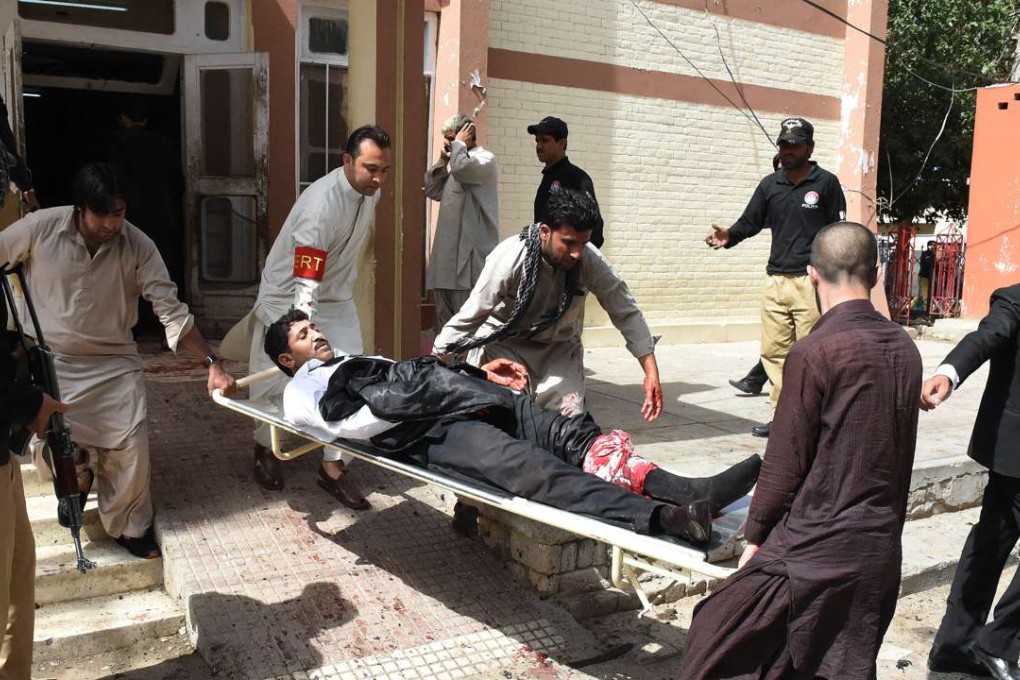Karachi to Kashgar: how Islamic State poses a threat to China
Deadly blast in Quetta again brings home the rising terror risks in Pakistan’s Balochistan region and the dangers they pose for Chinese interests

Late one night in May, the commanders of five dormant militant factions affiliated with al-Qaeda and the Afghan Taliban gathered for a rare meeting of their shura, or leadership council, in a crime-ridden slum of Karachi, a bustling Pakistani port city of more than 20 million people.
Grimly sipping hot tea around a low table in a dimly lit room, this was the first time the shura bosses had assembled since 2014, when the Pakistani military’s counter-terrorism campaign drove them underground. This unusual meeting of battle-hardened veterans of the blood-stained years of the 1990s was prompted by an emergency: the growing lure of Islamic State (IS) for once-loyal al-Qaeda-Taliban fighters.
Taliban suicide bombing at hospital in Pakistan city of Quetta kills at least 70
Three militants belonging to the various affiliates of the Pakistani Taliban Movement (known as the TTP, the initials of its Urdu language name) and its allied al-Qaeda affiliates had told their comrades they were planning to switch loyalties to IS, and were summoned by the shura to explain.
“They all had the same story to tell,” the head of the shura, who goes by the nom de guerre of Rafiquddin, told This Week in Asia.
After the fall of the Taliban, they tried to transition back to civilian life but found it difficult to make a living. As their job applications continued to be rejected outright by employers, they tried their hands at odd jobs and street vending, but got nowhere. “IS approached them and offered them funding and weapons, and they were desperate,” said Rafiquddin.